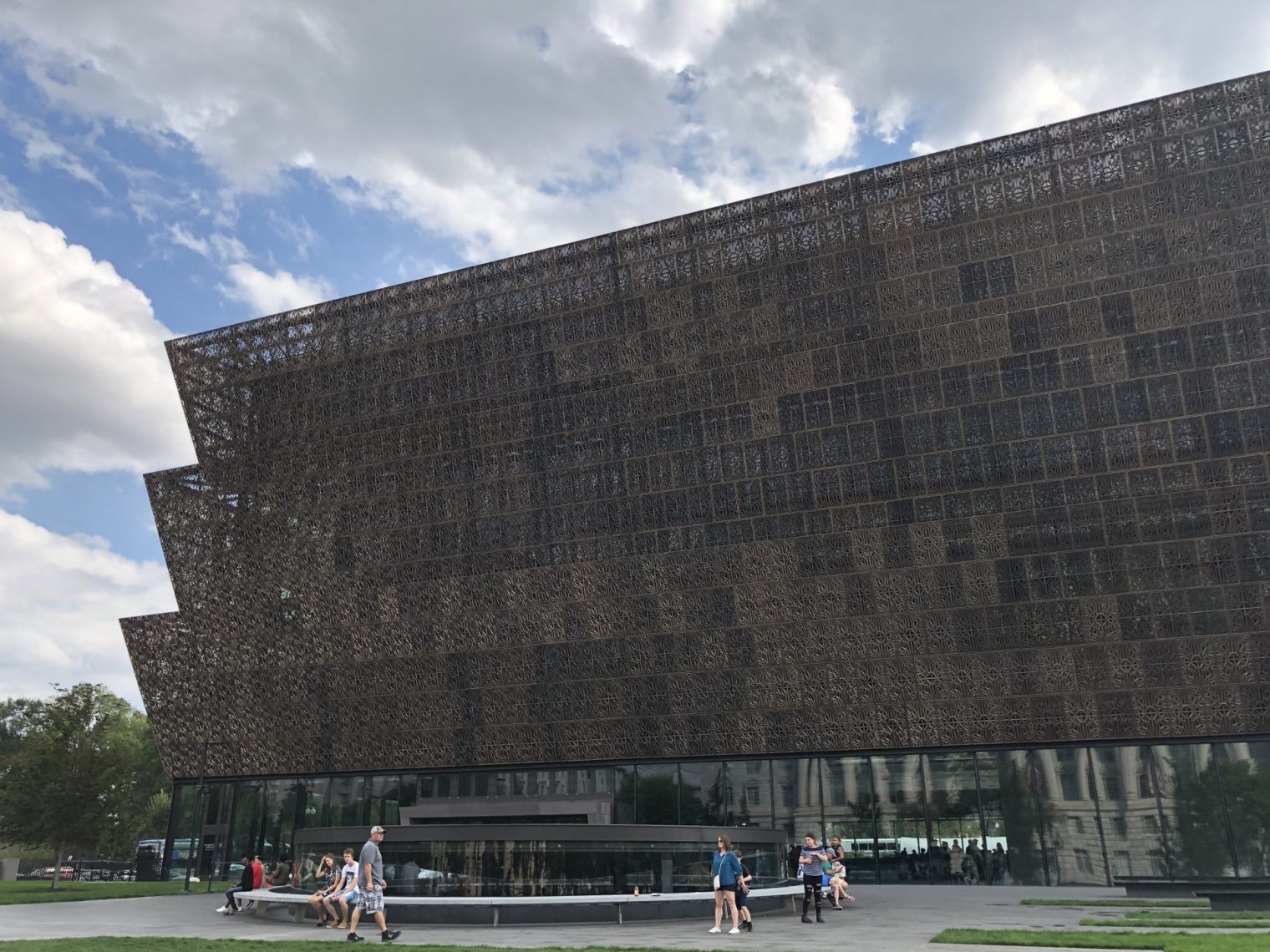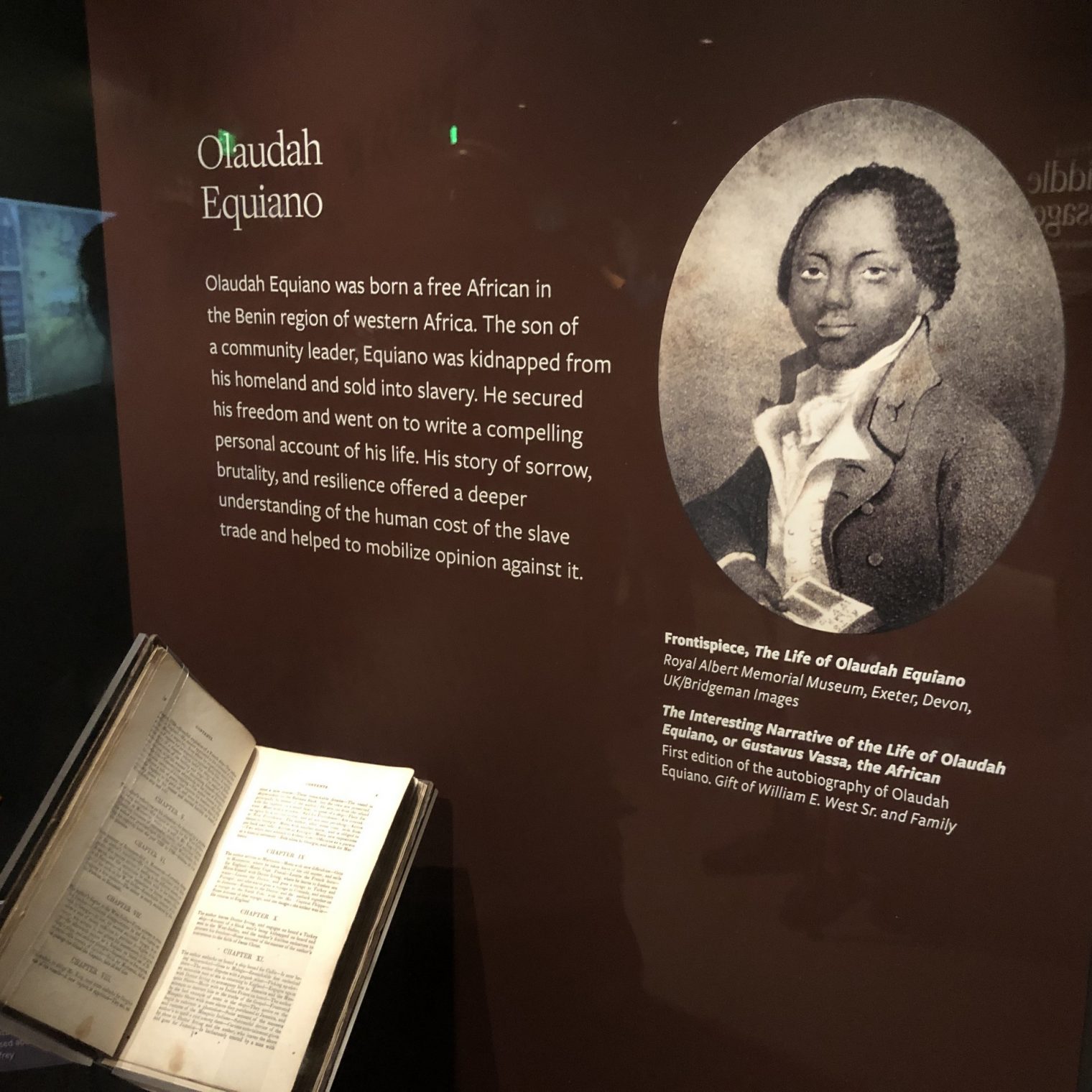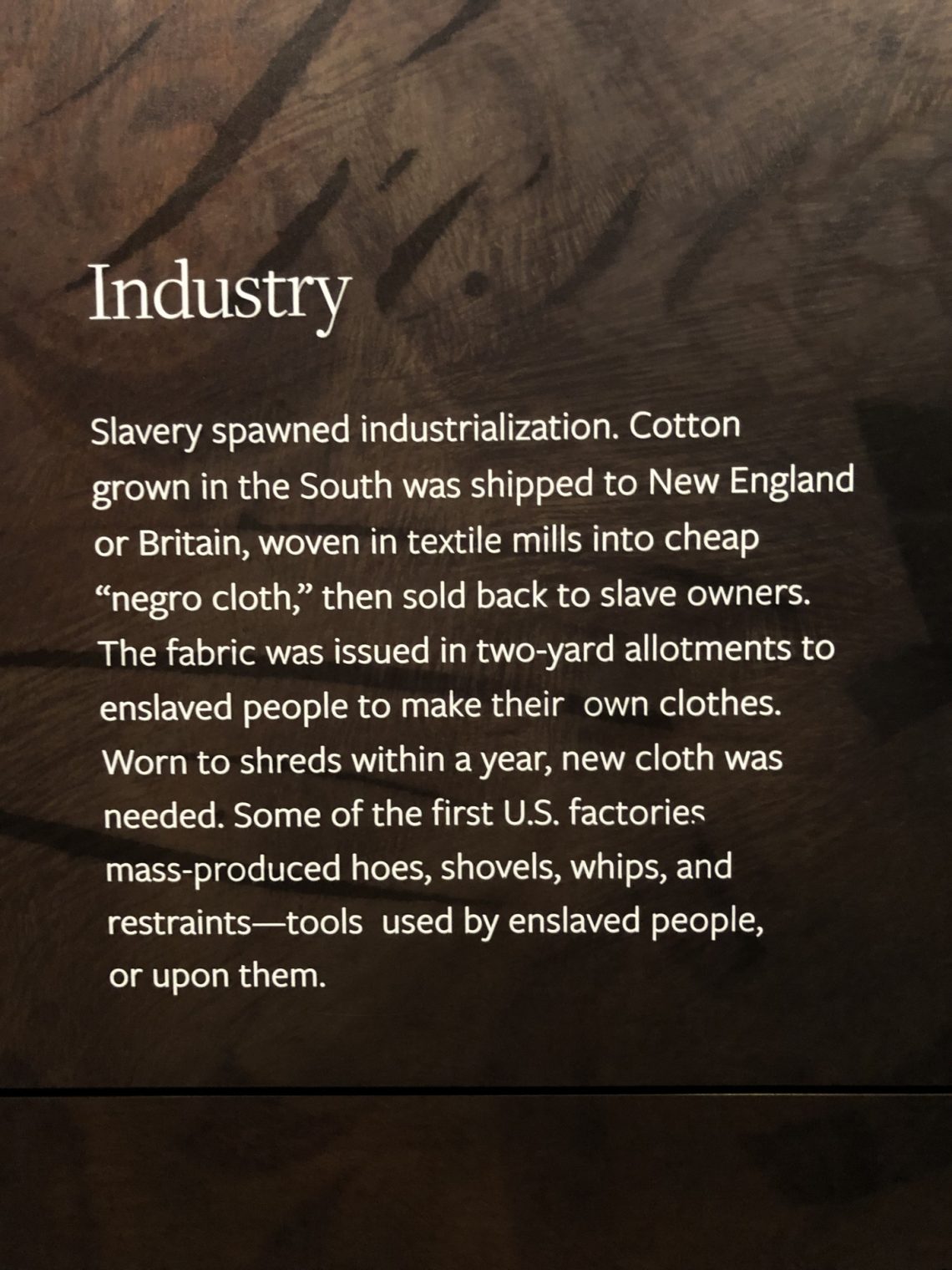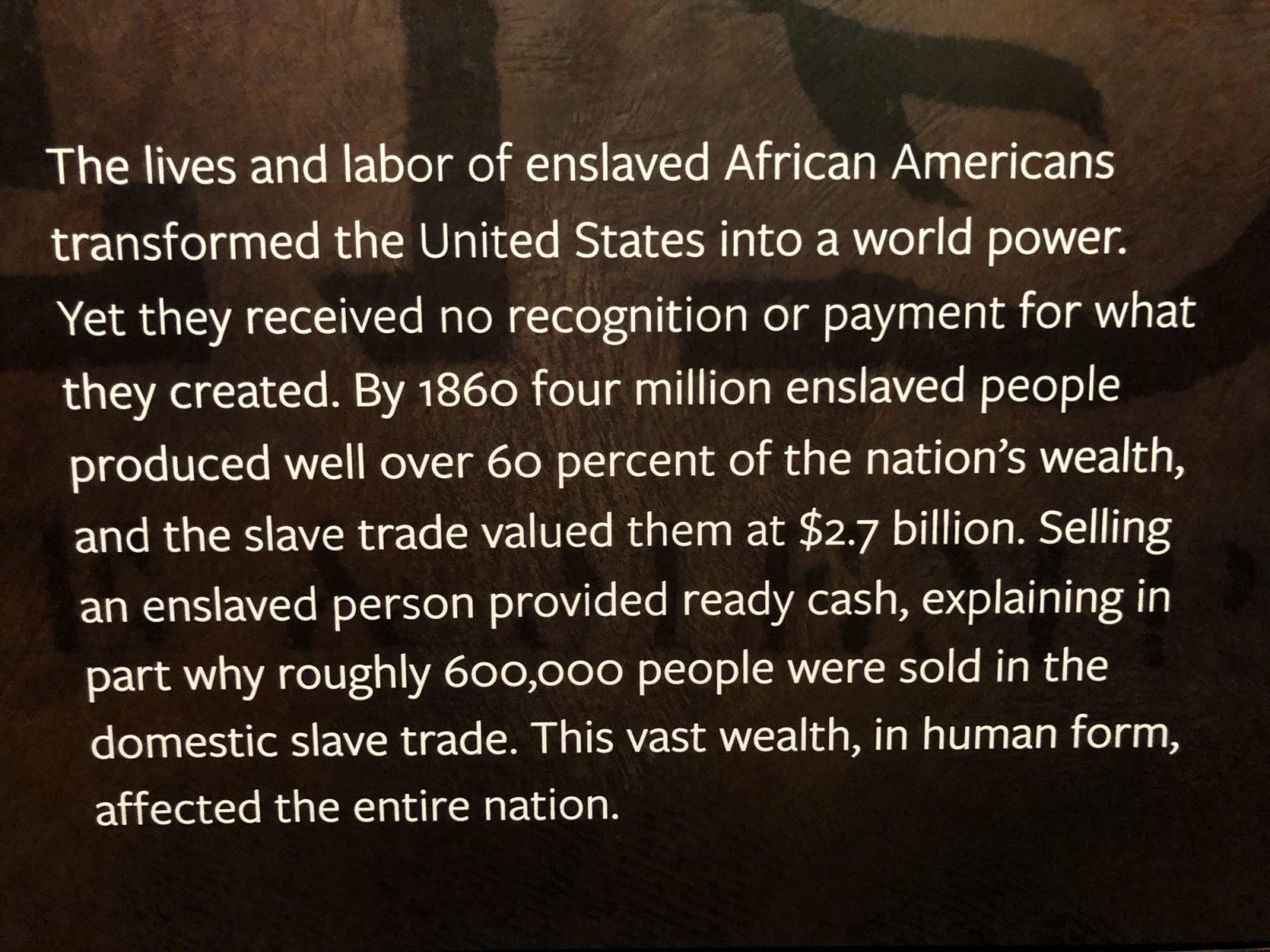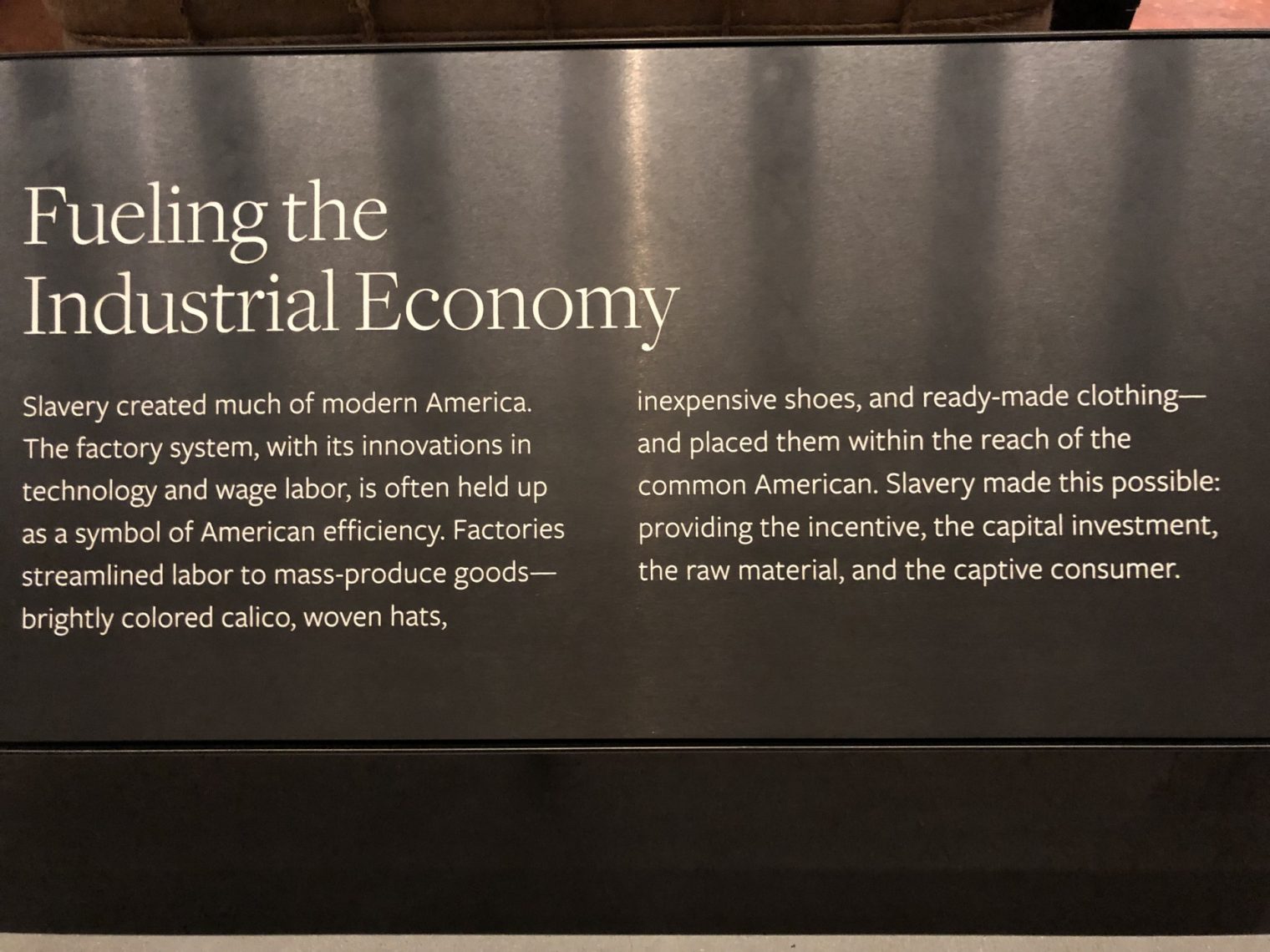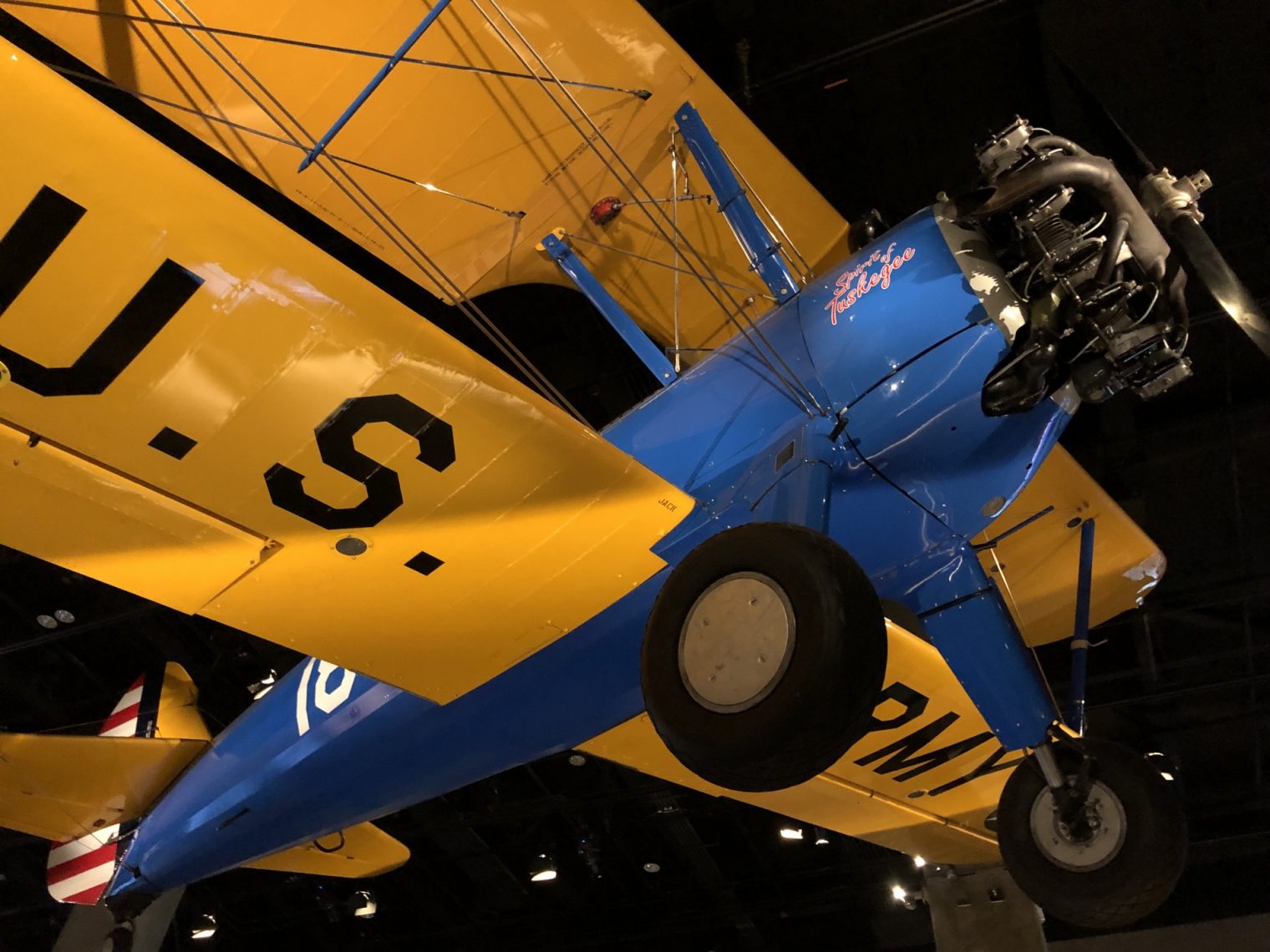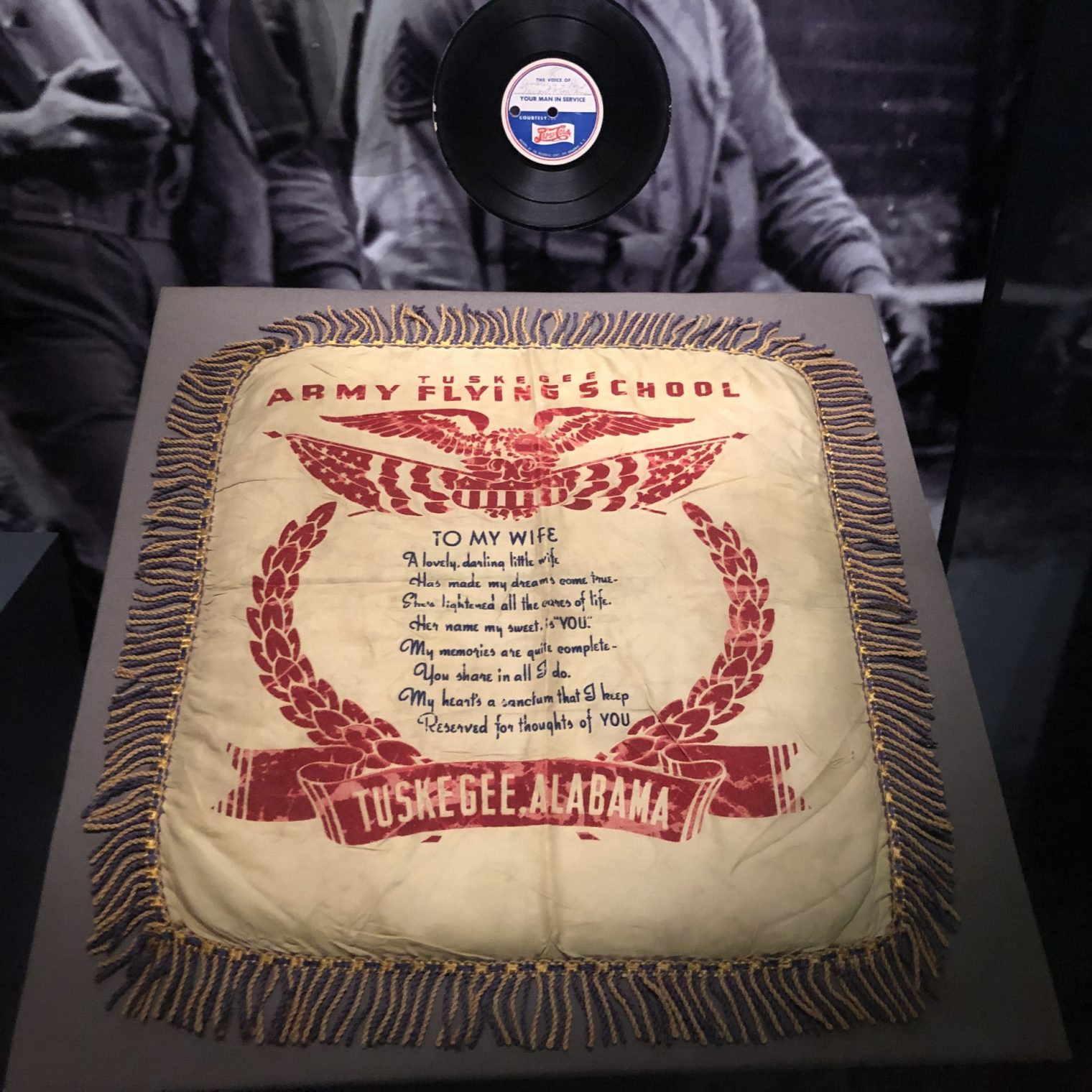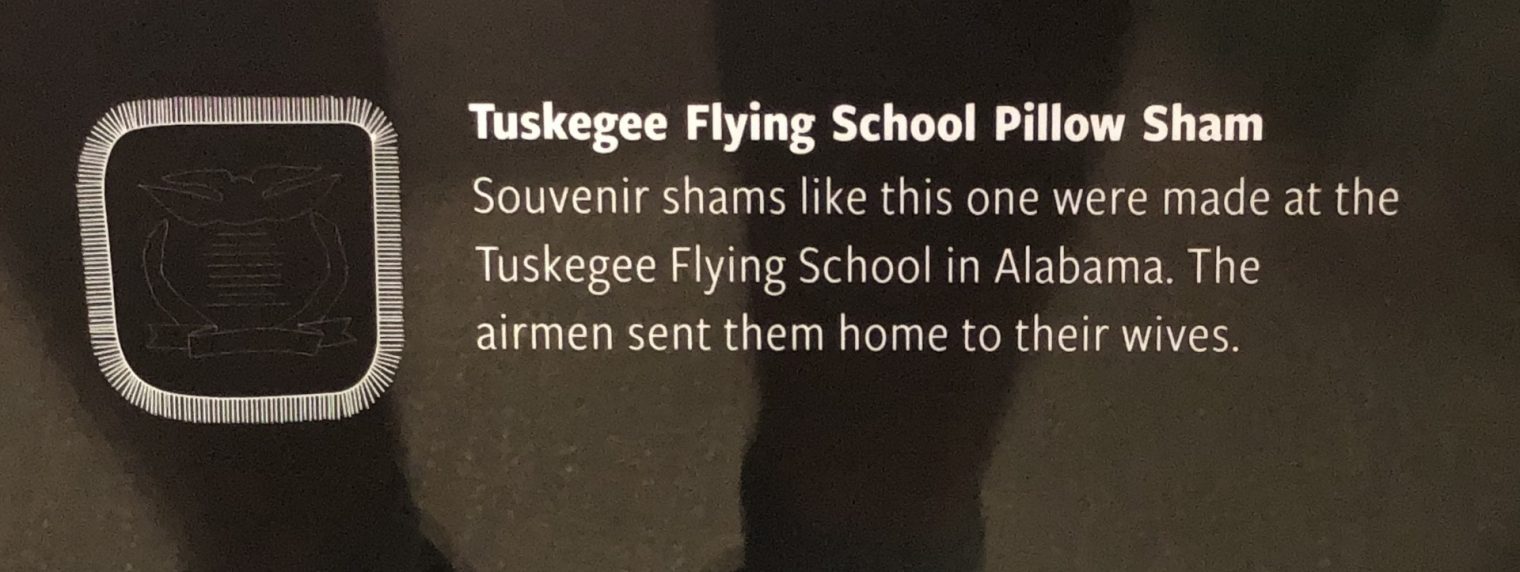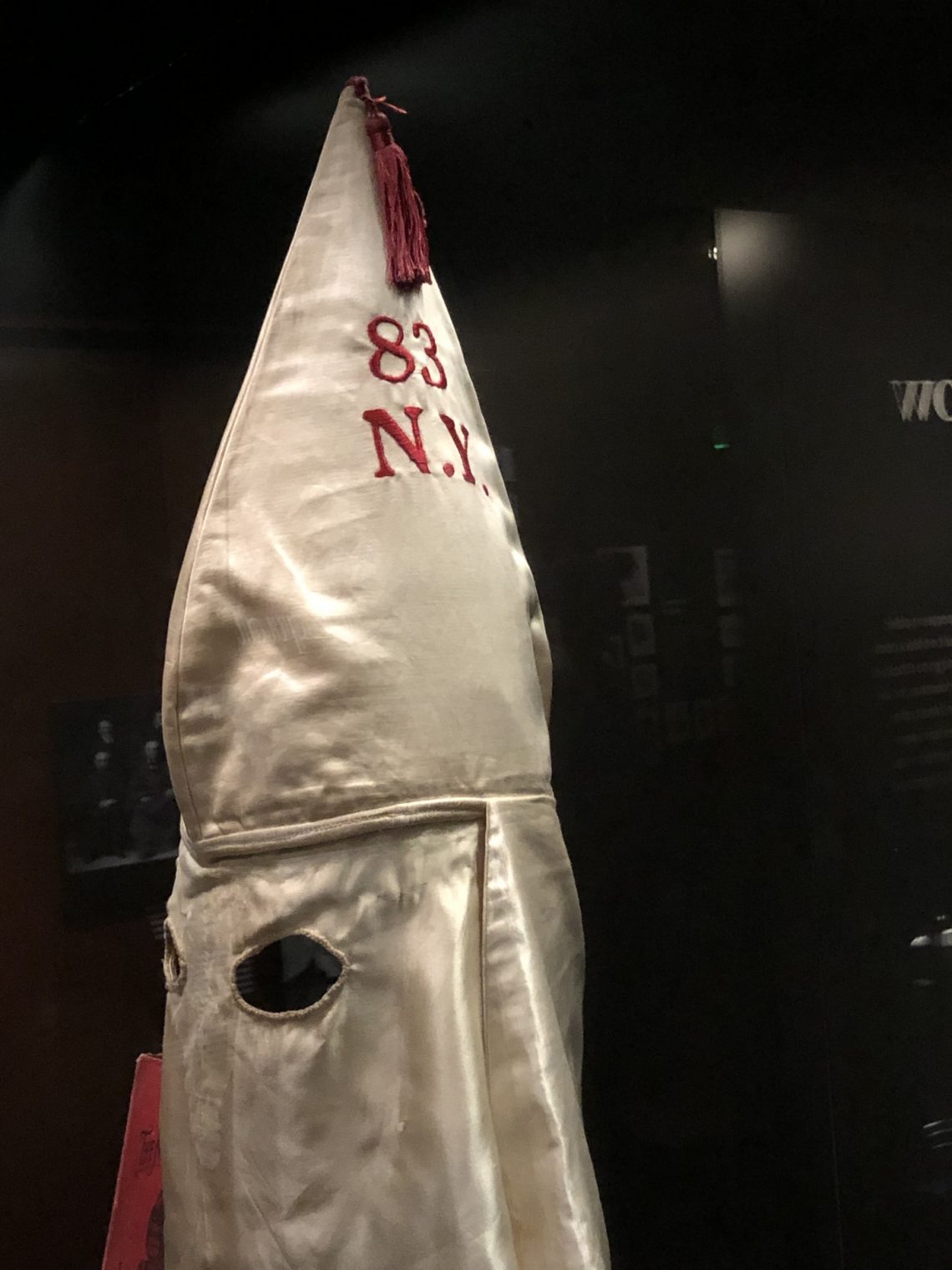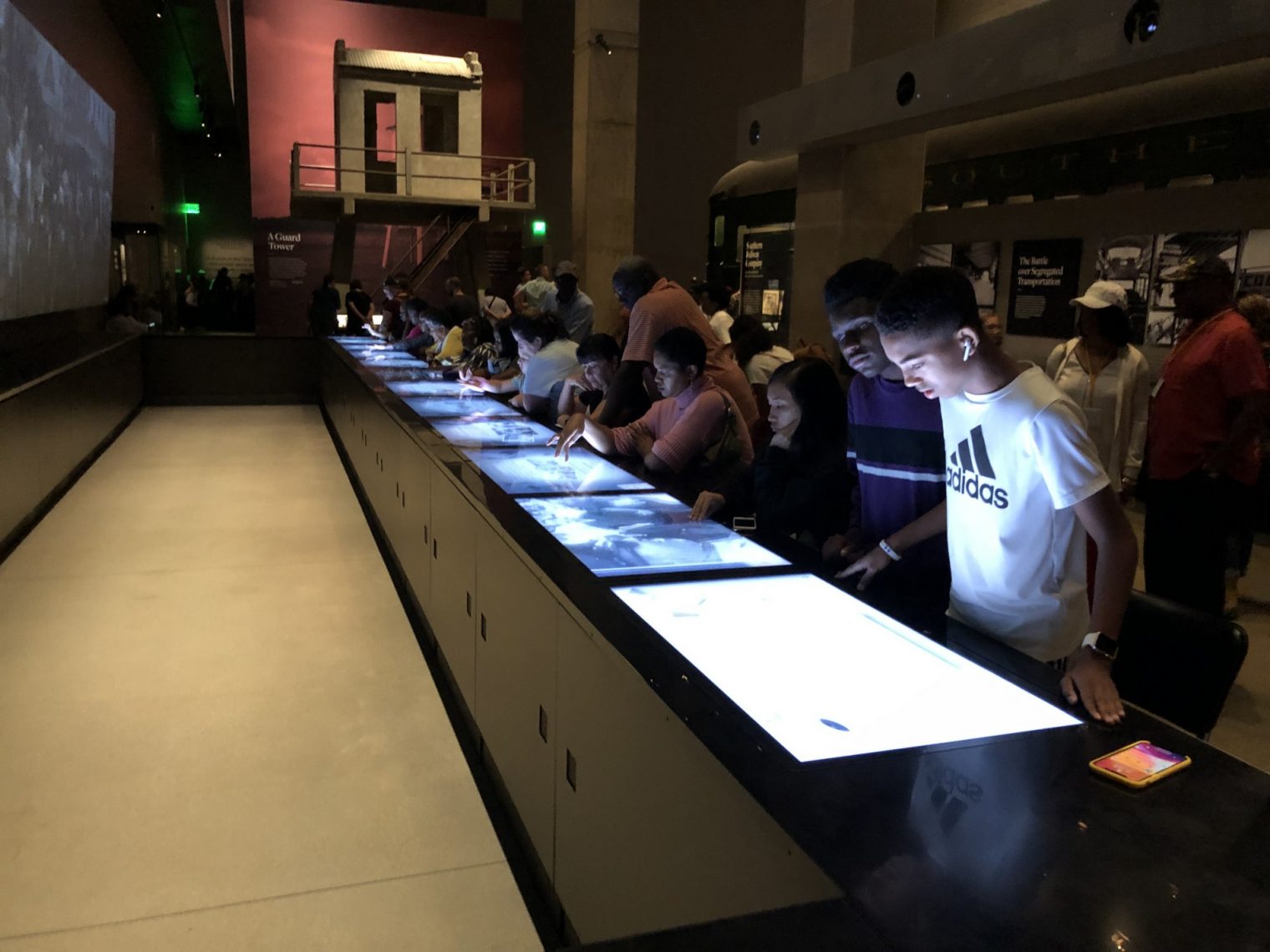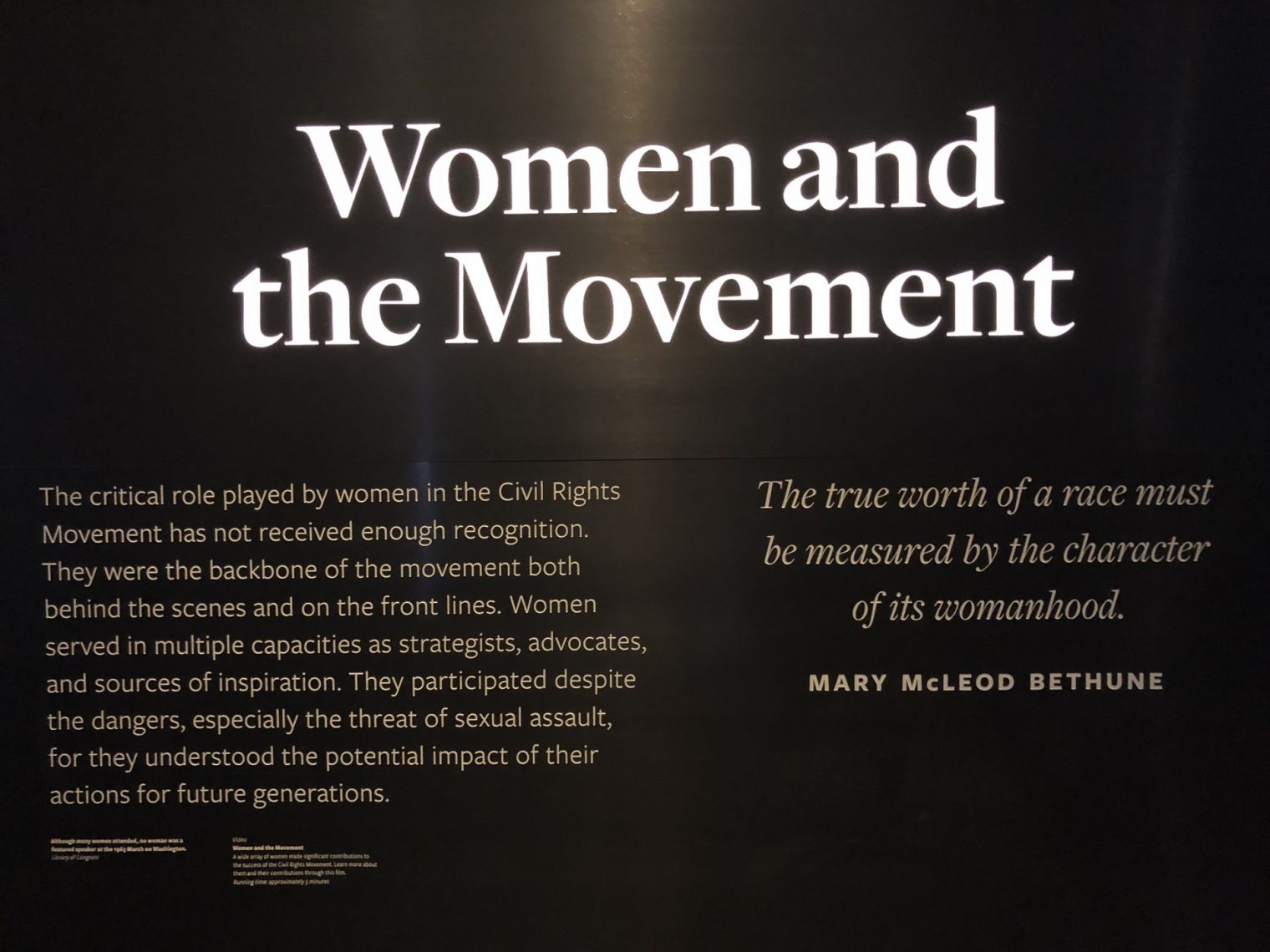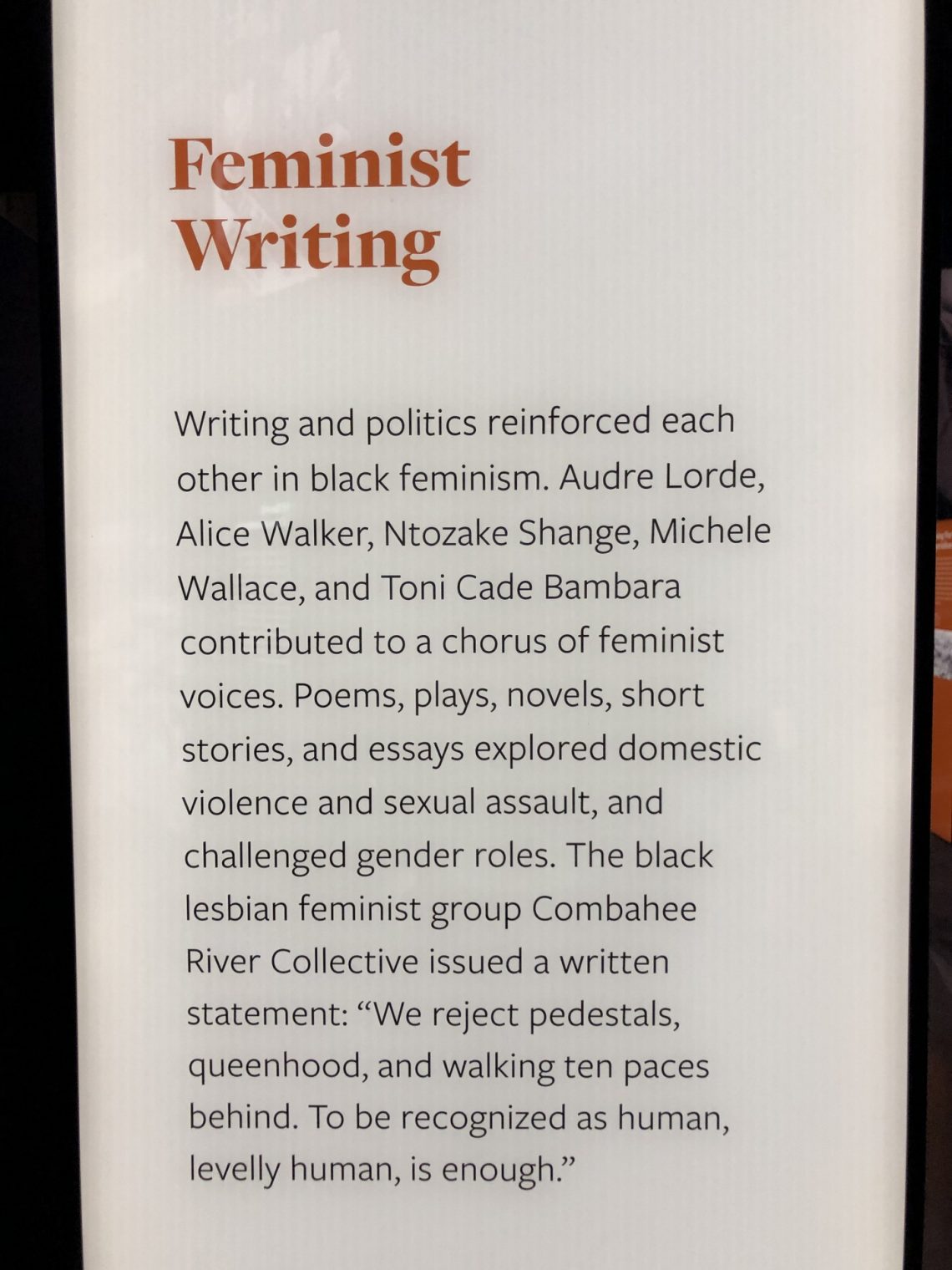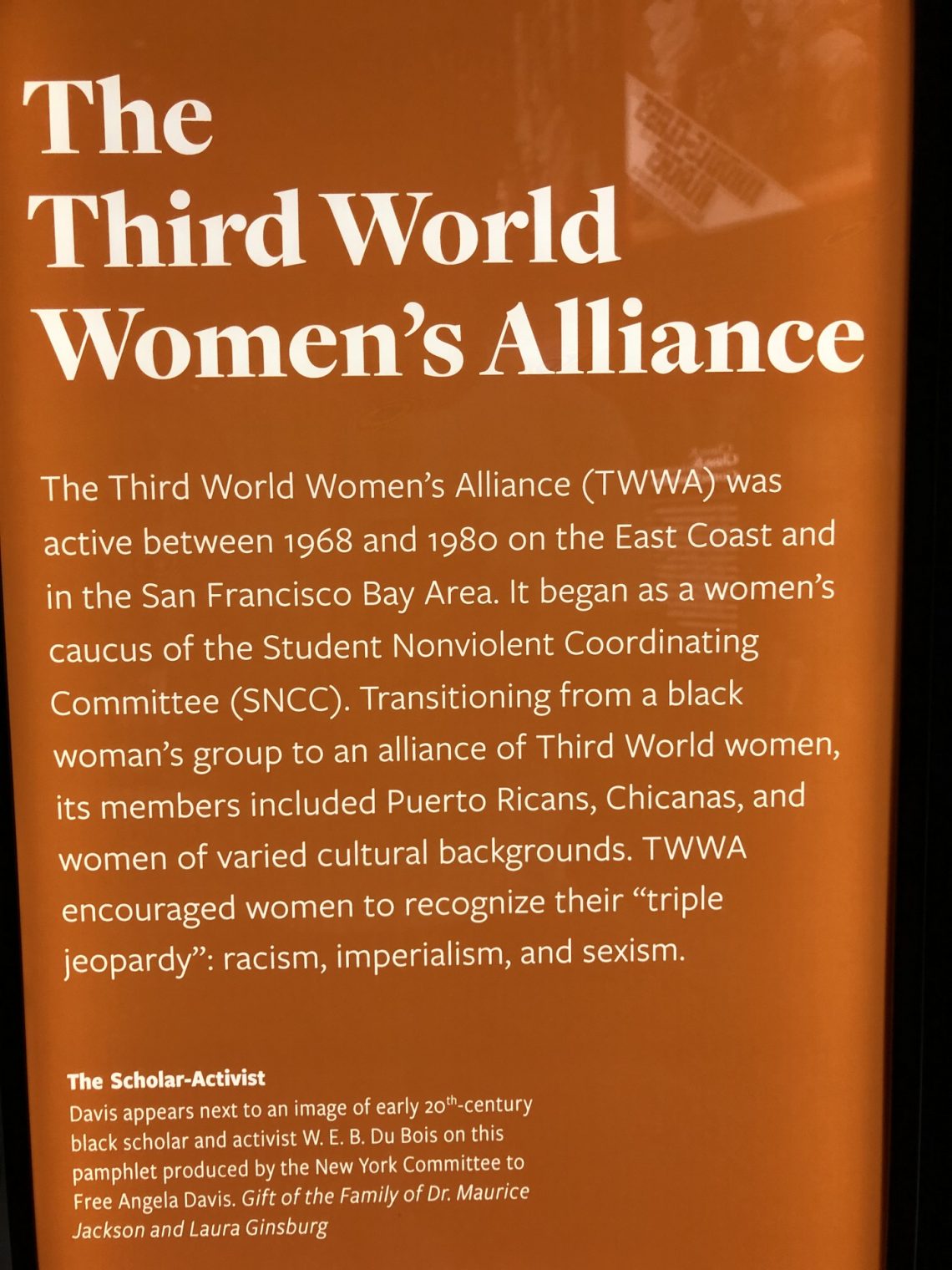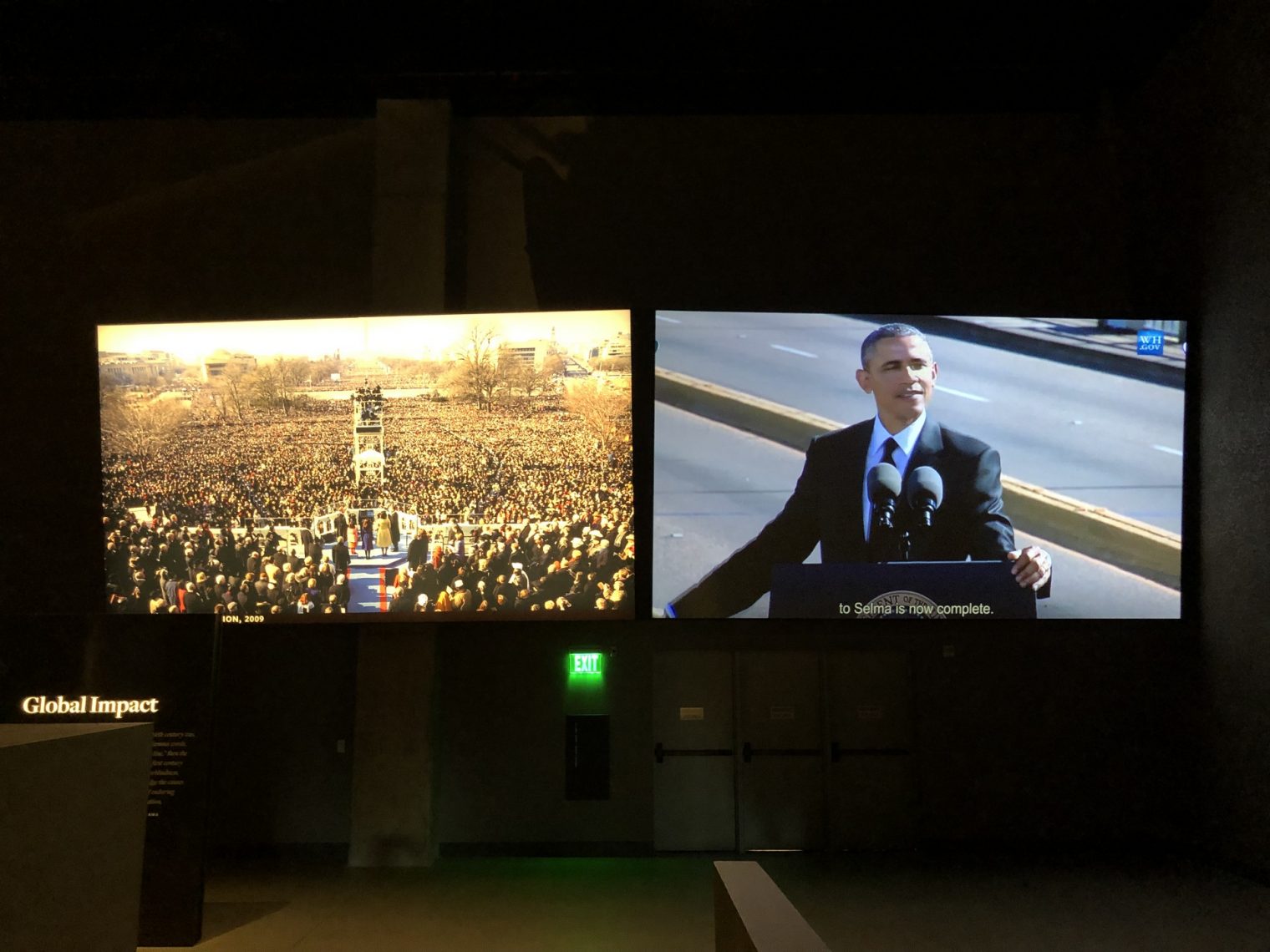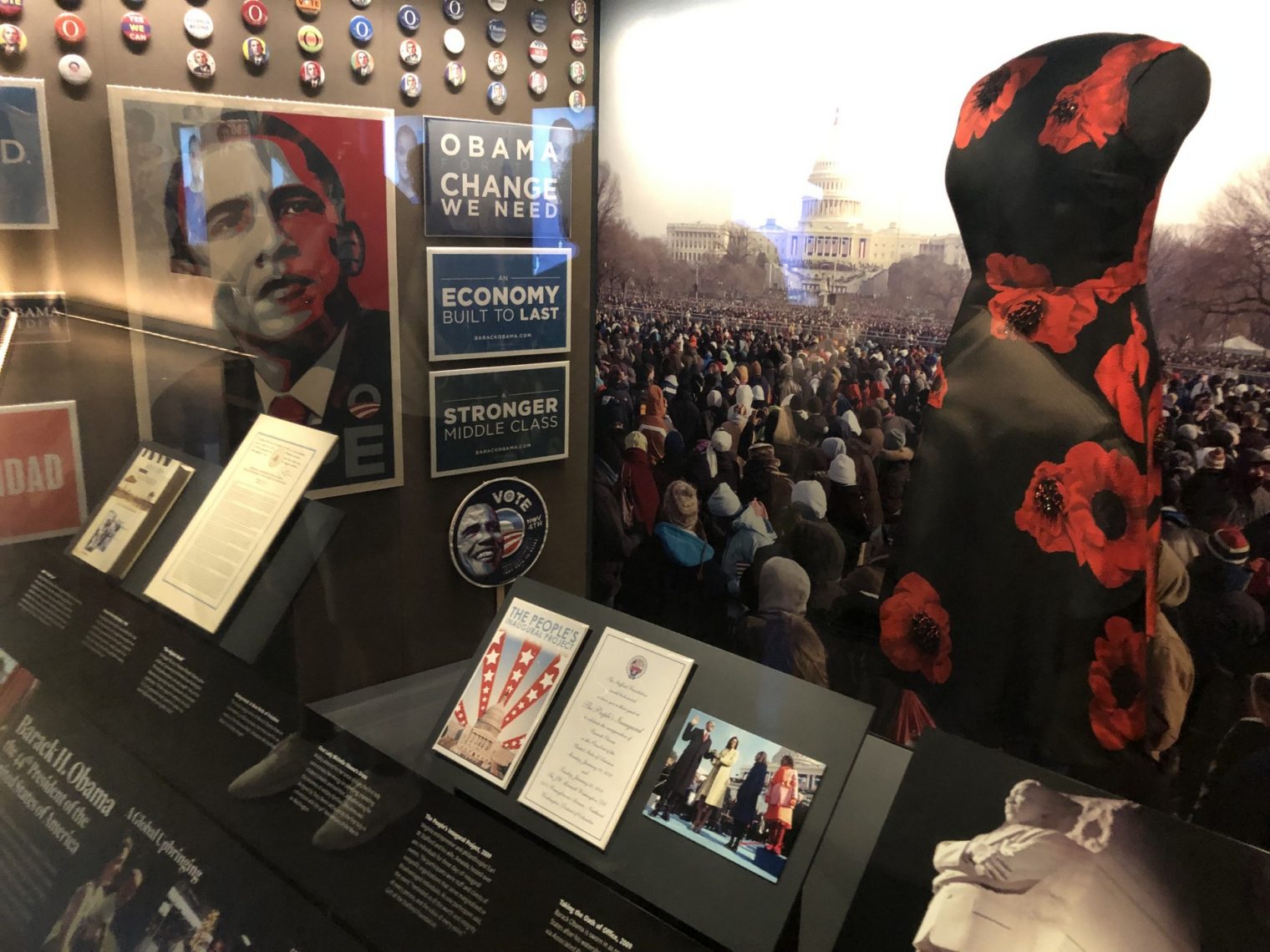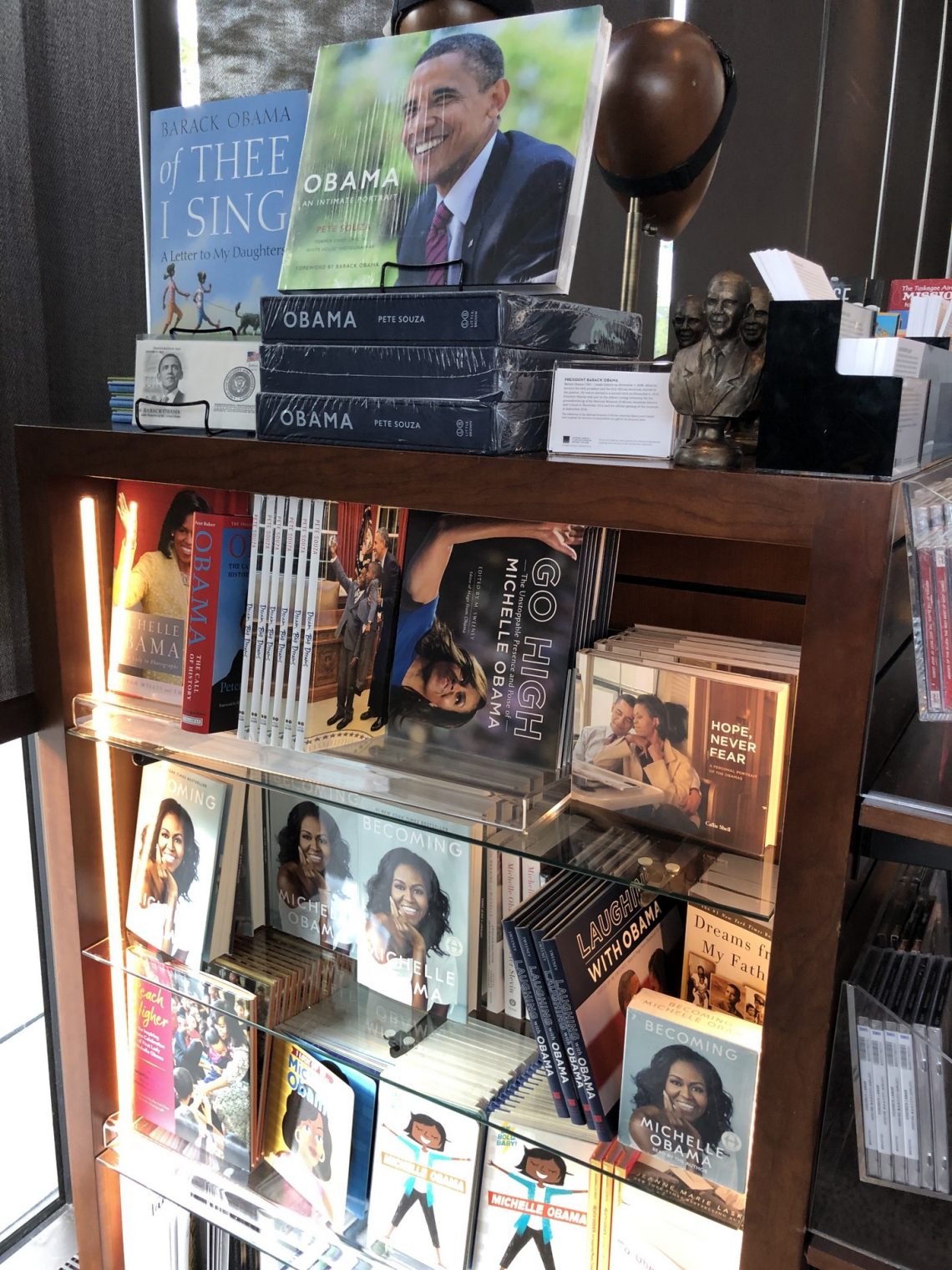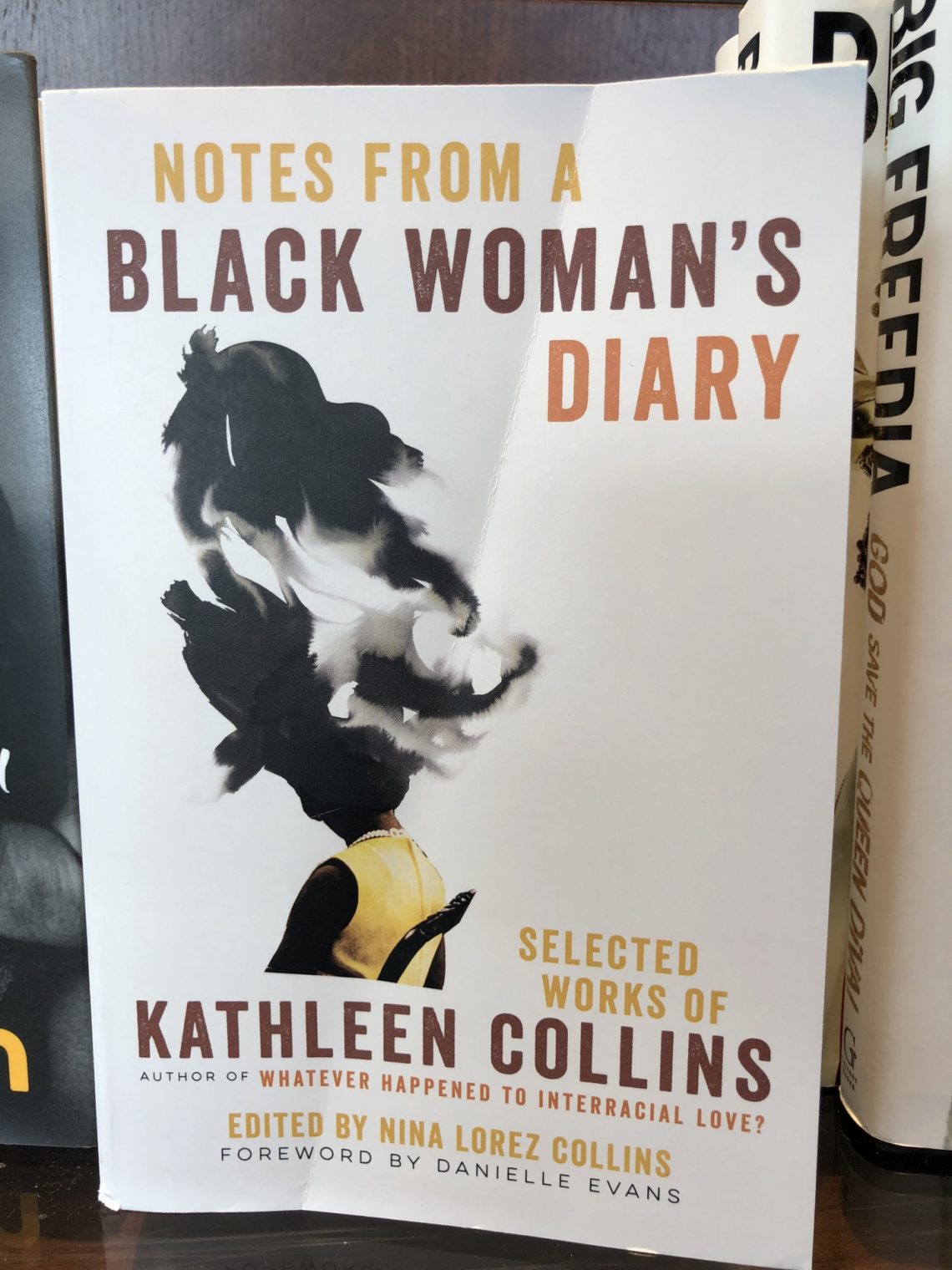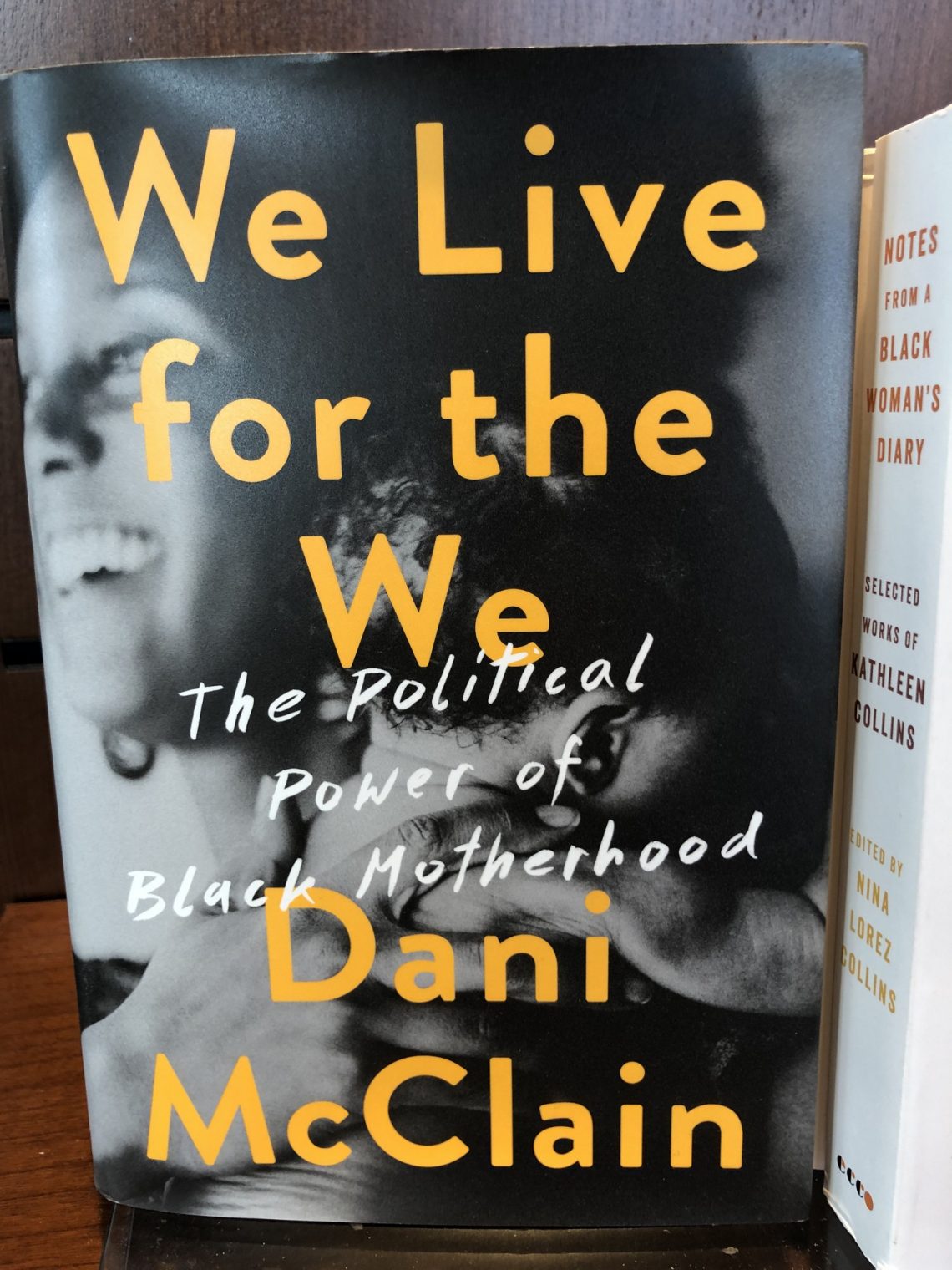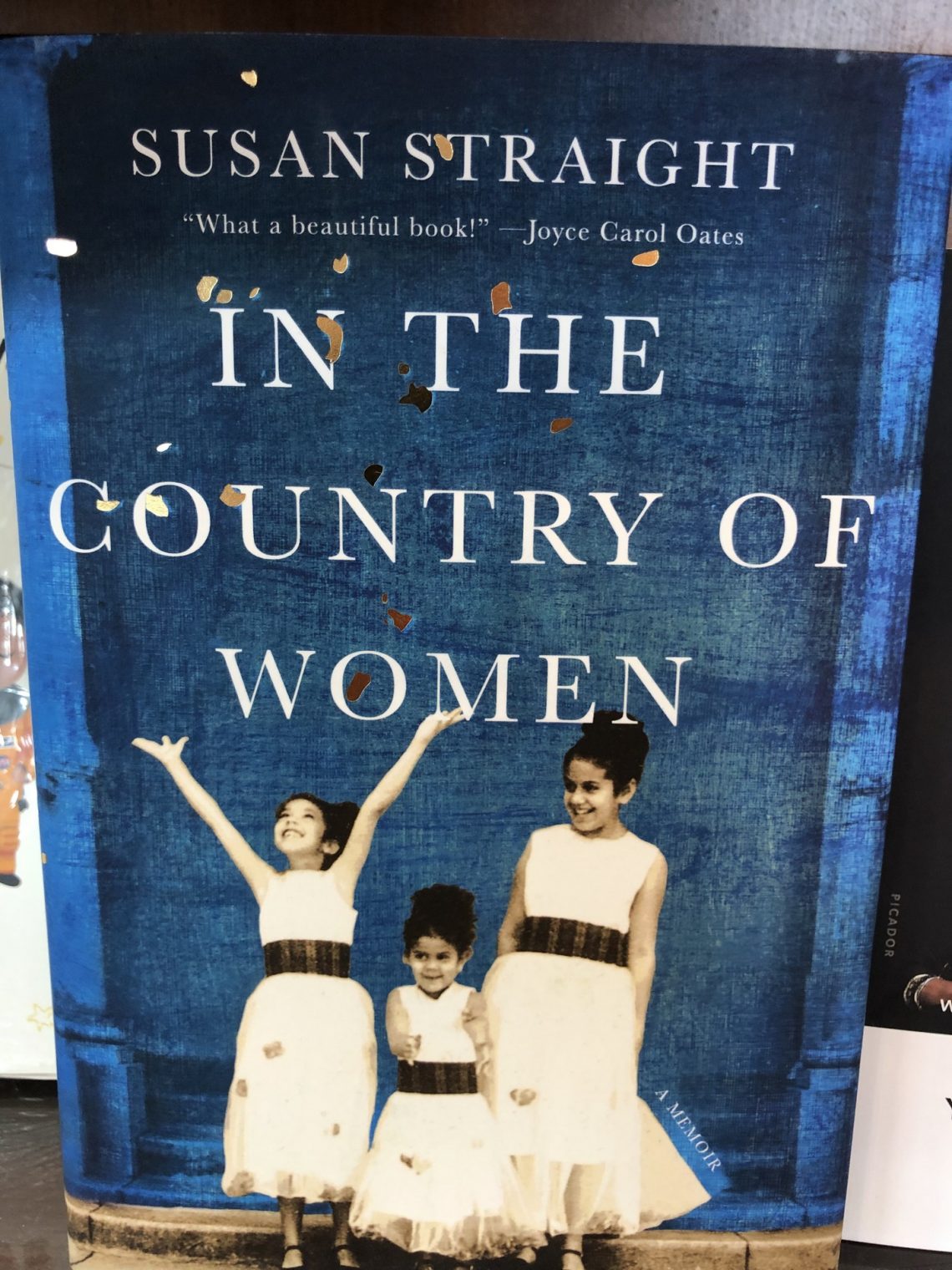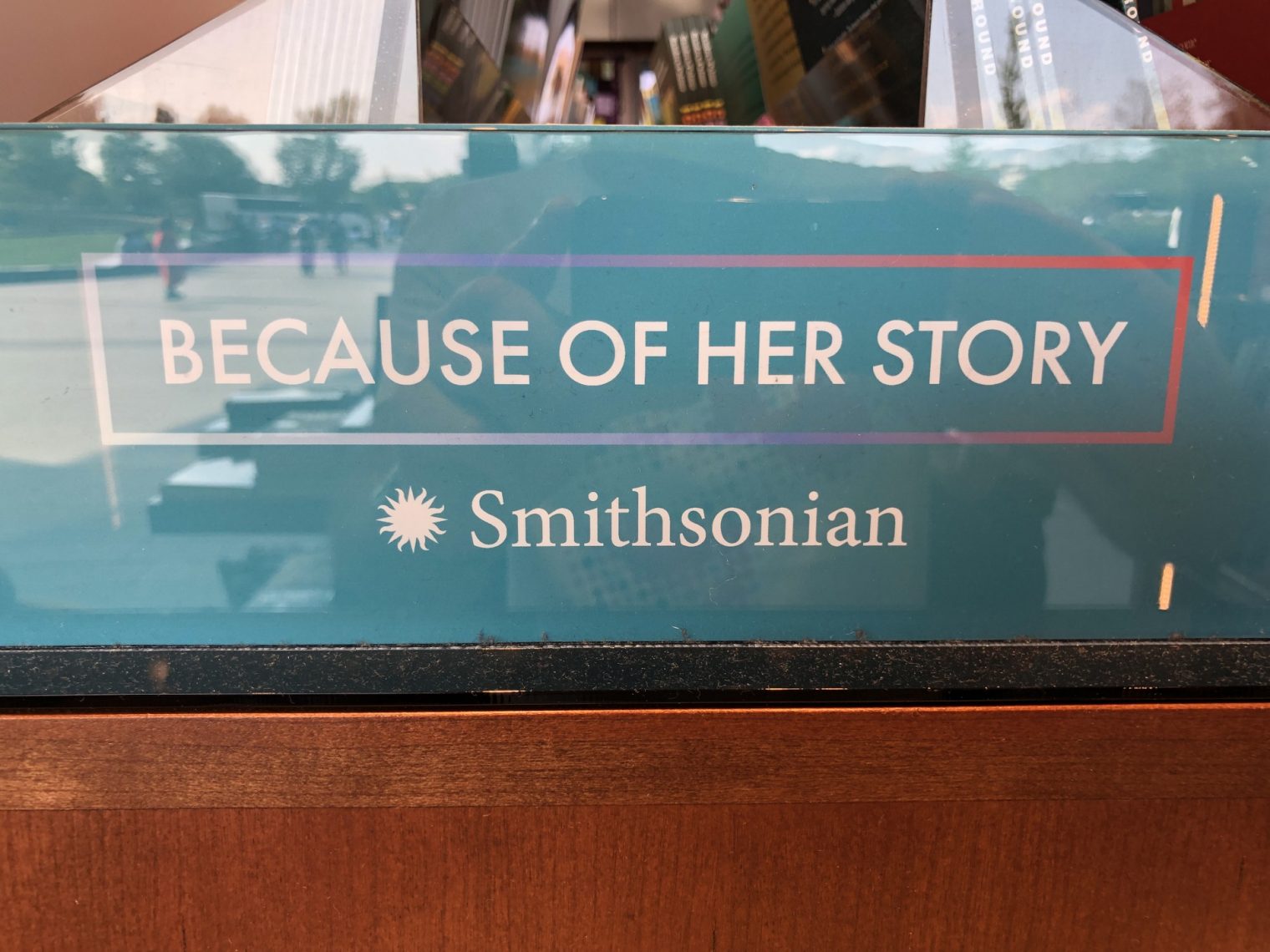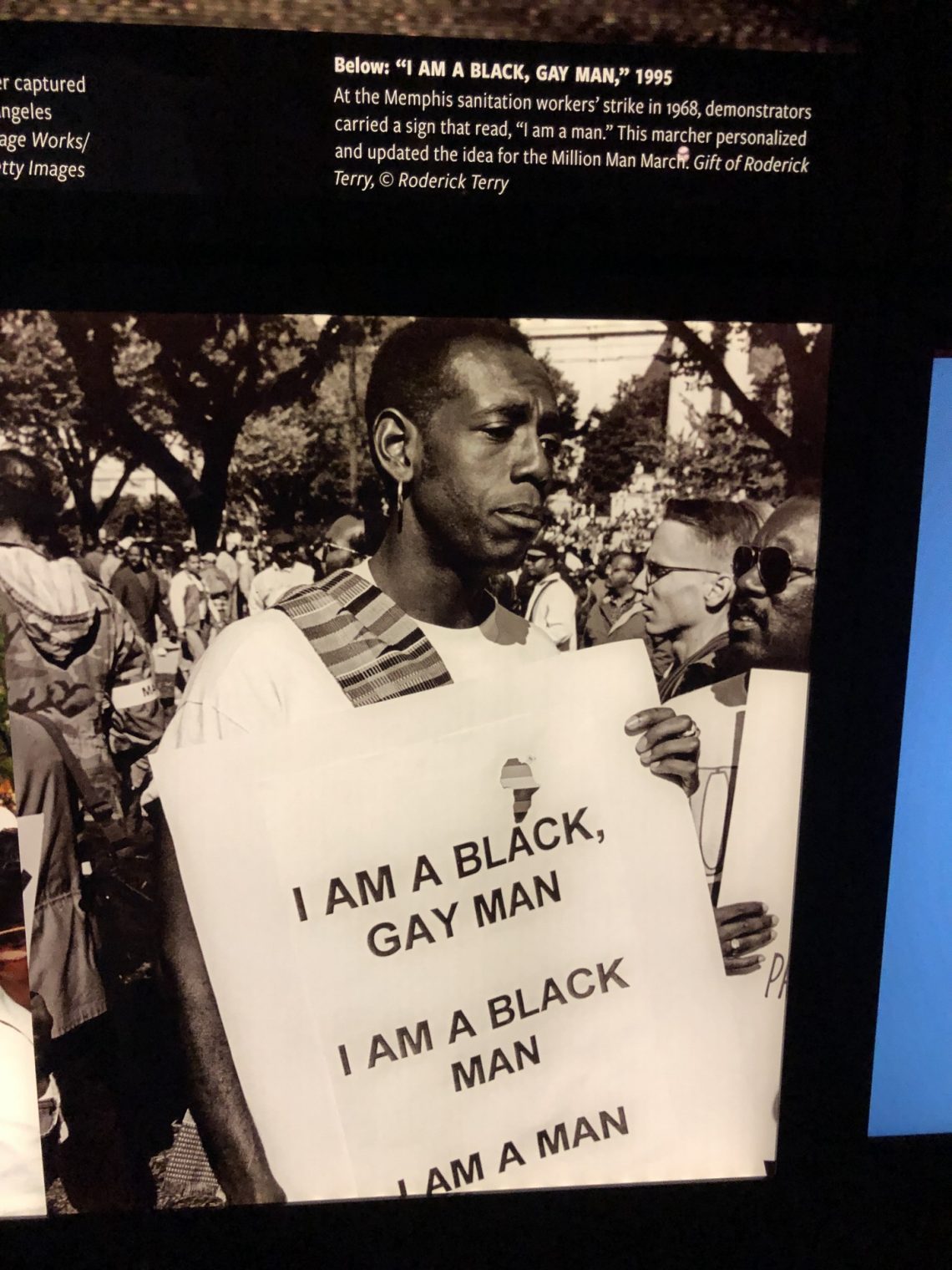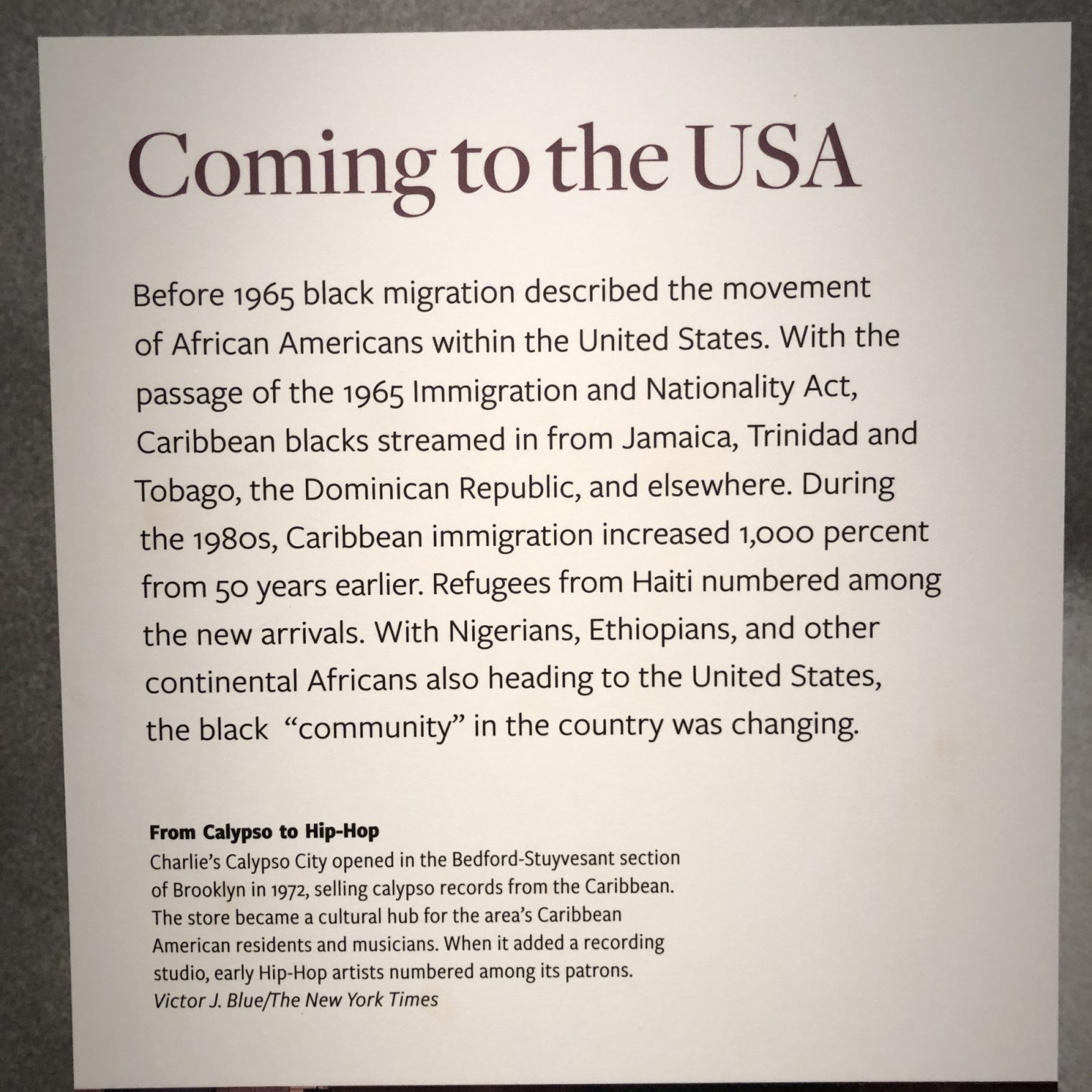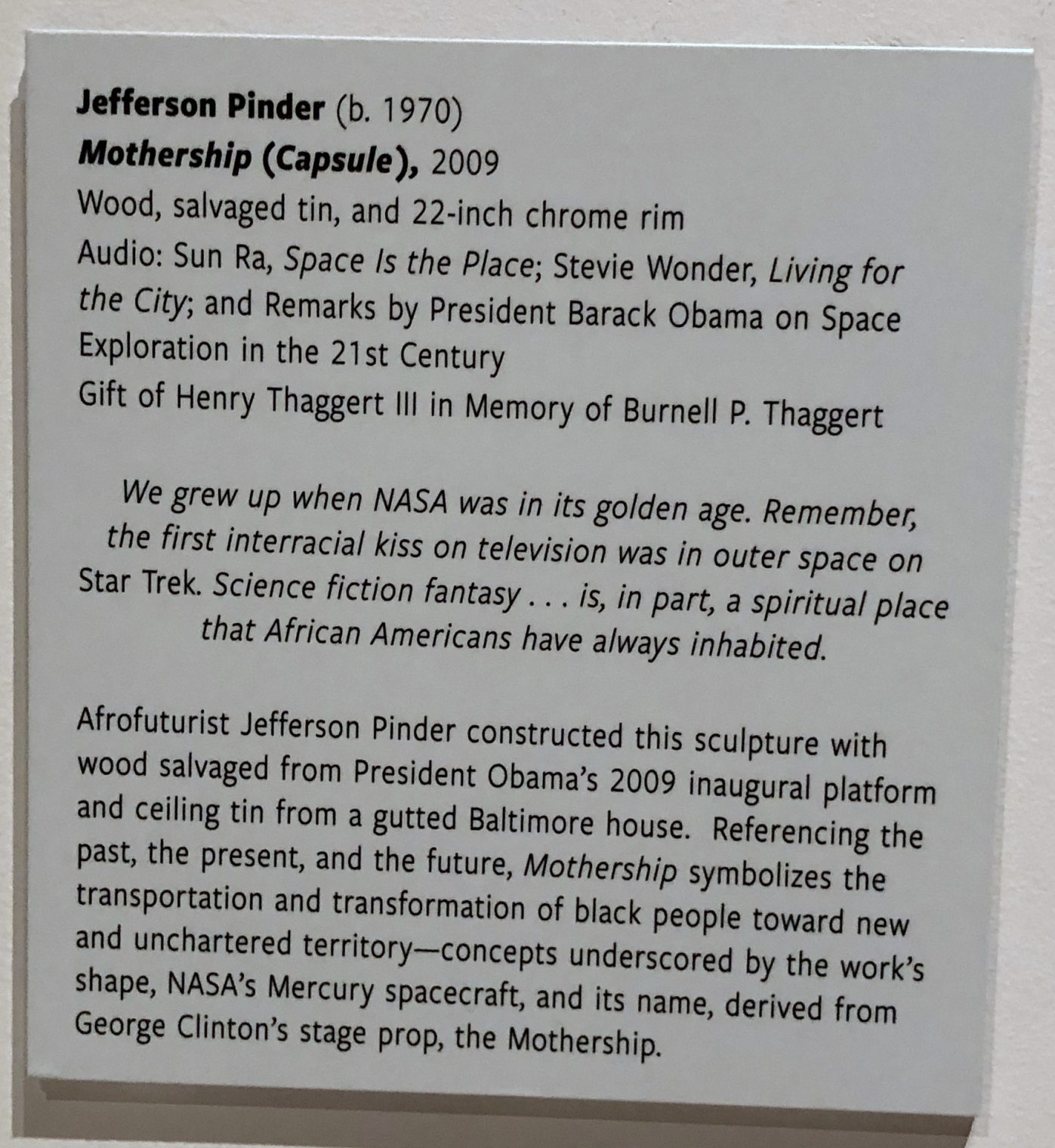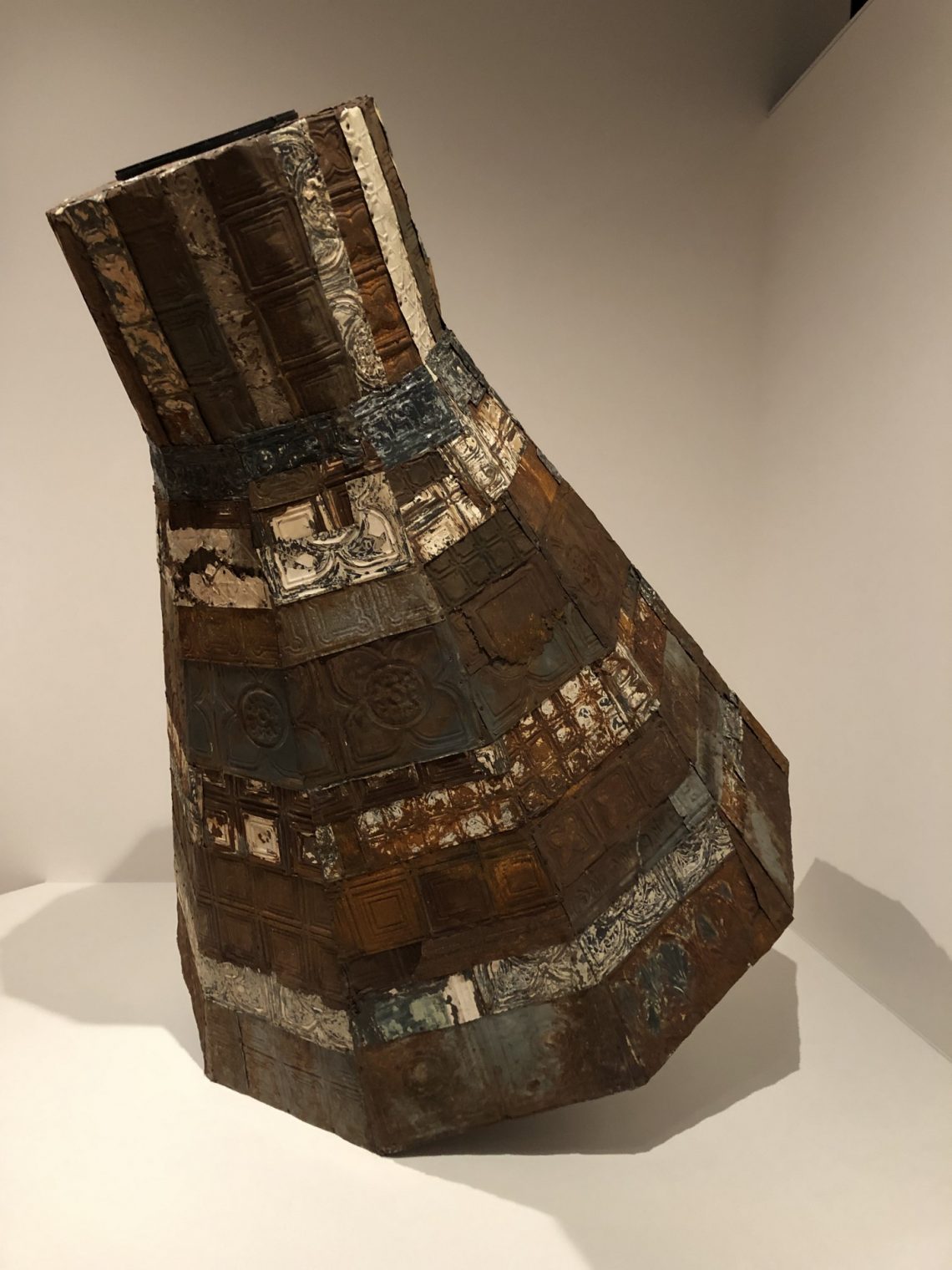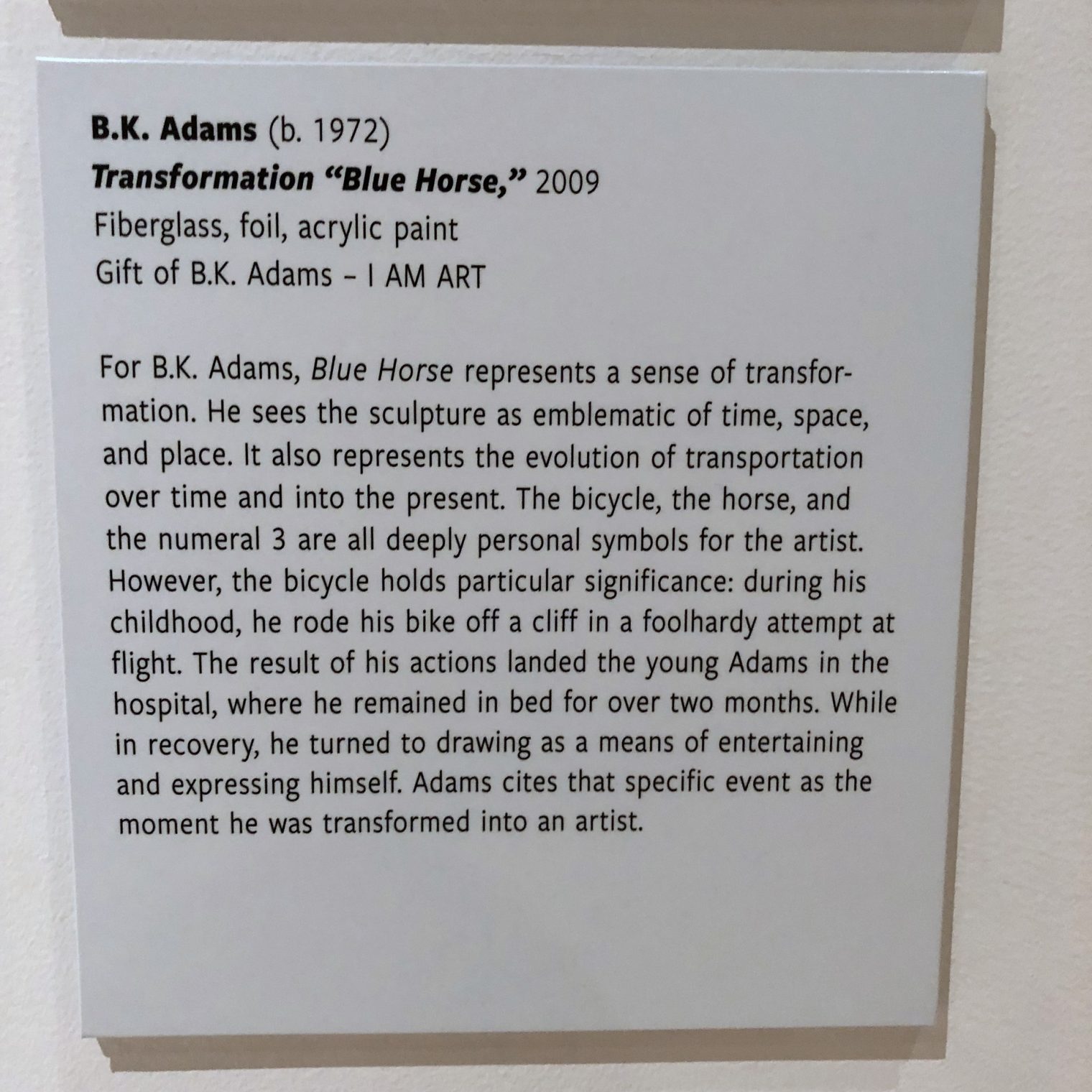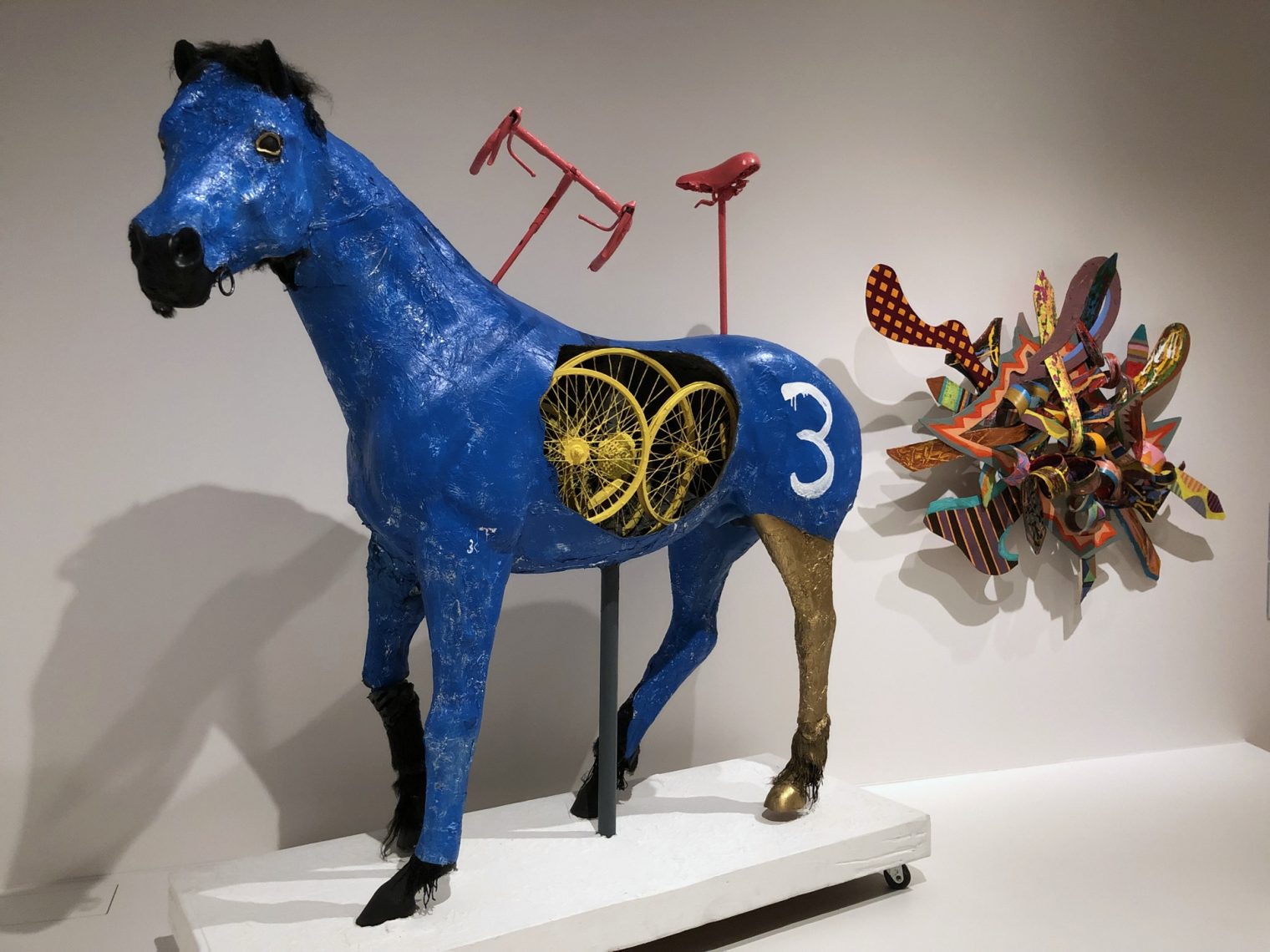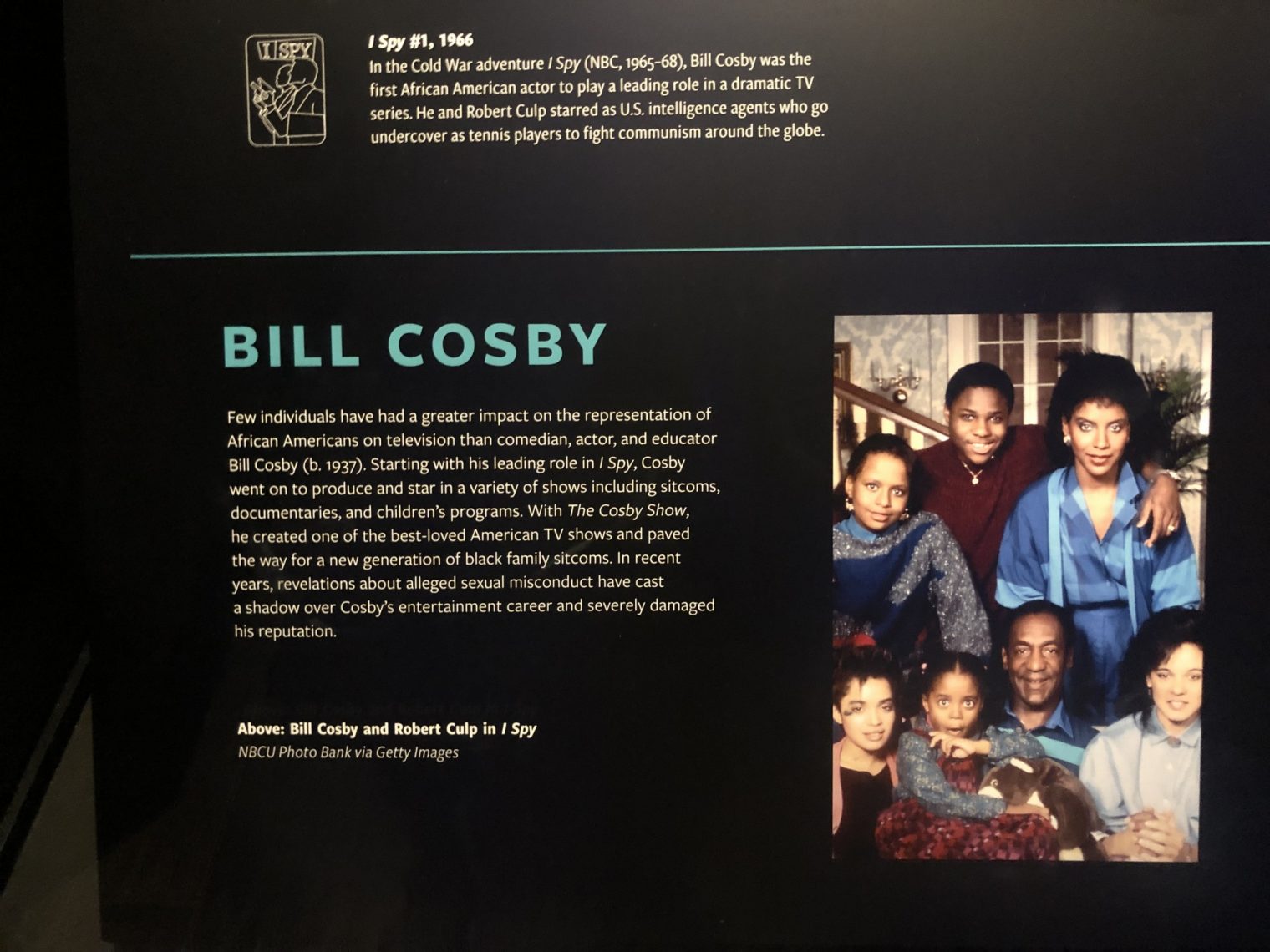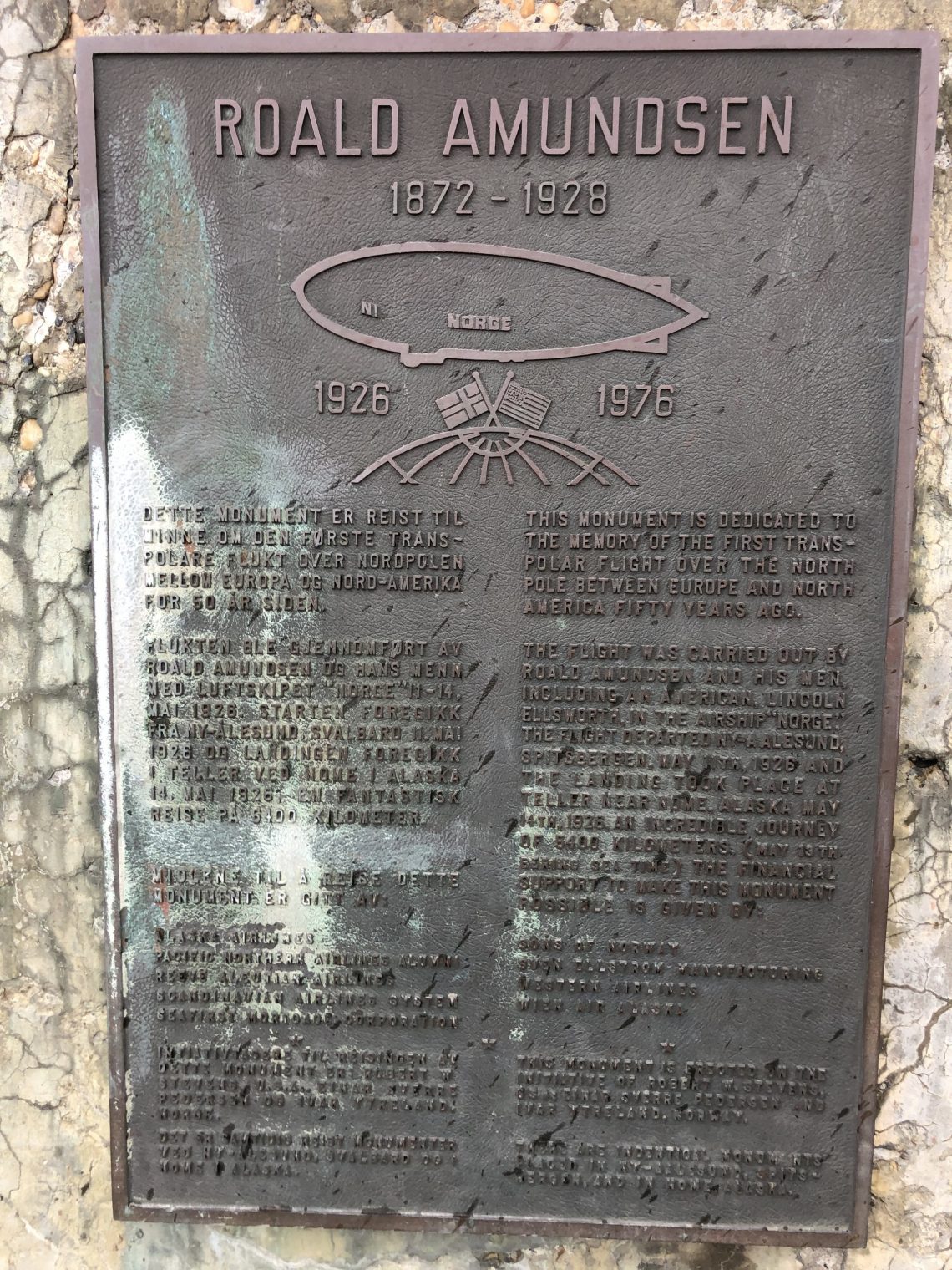Bright Air Black is a much more detailed imagining of Medea’s inner life than we get from the ancients (the element that she killed her own children was likely tacked on by Euripides; in previous sources she kills only her younger adult female rival with poison (and then the king/father of the victim dies accidentally from contact with the poison) and then her children are killed by an angry mob).
The male-named author (David Vann) is careful to offer his feminist bona fides before purporting to mansplain:
I first read Medea when I was an undergraduate at Stanford, in a year-long Great Works of Western Literature course (the final year it was offered). The instructor, Leslie Cahoon, was a classicist and feminist who shaped nearly all my future interests. Because of her I took a feminist thought workshop with Adrienne Rich, learned Latin and am currently translating Ovid, studied all of Chaucer’s works in graduate school, learned Old English and translated Beowulf, became interested in depictions of hell from Bede to Dante to Blake to McCarthy, and of course became influenced by the Greeks. My novels are all Greek tragedies, I’m a neoclassical writer, and it was a particular pleasure to try to bring Medea more fully to life after twenty-five years of thinking about her. So I want to thank Leslie for her enormous and lasting influence.
Medea is dirty. She has sex with Jason in public and surrounded by the bloody corpse of her brother. While sailing away with her father in pursuit:
I let him have me, she yells to her father over the water. Here on deck, in front of his sailors. The daughter of a king. Or what used to be a king.
Medea takes a piece of her brother, a thigh, heavy and tough, muscled, and licks blood from it, dark and thick. She spits, licks and spits again and again, three times to atone. Mouth filled with the taste of her family’s blood, and she throws this piece of Helios into the waves.
Greeks put themselves at the center of the world, but Vann reminds us that they were pathetic when compared to Egypt:
What she realizes is that they haven’t built the Argo. This is an Egyptian ship, somehow captured or given or bought. The Argo not something these people could have built. She looks again carefully at the wood worn smooth at the locks, walks back to the mast to see how the deck has chewed into its sides, walks back farther to see the rudder posts worn and infirm, loose. An old ship, not new. The bow and stern platforms gone, the heavy rope that runs the length of the deck, held up by forks, gone. Crude short benches added along the sides for the oarsmen to sit. But otherwise this is the same as Egyptian ships that have come to Colchis. She has given up everything to live with scavengers.
Vann writes a strong scene of Pelias and circle laughing at the tales of the Argonauts. It takes a long time before she can finally prevail over this foe, with the help of his daughters. I don’t think these details are in the ancient tales:
Your father can be made young. We can rejuvenate him. That’s the gift that will set you free. Asteropeia’s eyes open. You can do that? Bring another of your sisters, and bring an old ram. Tomorrow night. We must hurry, before the moon changes. I will make this ram young, and then we’ll do the same for your father.
What makes him old is in his balls, Medea says [to Pelias’s daughters]. Old ram same as your father. His children have taken his life. But if you break each one in your teeth and then spit into the cauldron, all that constrains him will be broken. This is how he will be made young again. Death will lose its hold. Peisidike looks at the dark meat in her hands, wet hide, testicles unsheathed and wrapped in vein or worse. But she raises this horror to her mouth, bites into a testicle, breaks it, and vomits onto the floor.
Medea with a long thin paddle made of wood stirs the great vat, pushes the pieces of the ram under, chants to Hekate in her barbarian tongue, song unintelligible to the sisters. Hekate, she calls. Tonight I kill a king. My sons will not be slaves. I will not be a slave. My husband will not be a slave. Tonight I kill a king and feed his balls to his daughter. Hacked into pieces with no burial, no funeral rites, fed to his family. Son of Poseidon cooked in a stew. The only great waves to form will be from whatever I stir. I will rule Iolcus, and all will be my slaves, and my sons will walk on streets of flesh. Torches, Medea says to Asteropeia and Peisidike in their ugly tongue. Light torches in the fire and go outside to pray to the moon, to Hekate, for this old ram to be made young. We must pray to Hekate until a young lamb emerges from the cauldron. That body is forming now, but we must help it along, help Hekate and Nute give birth in night.
There is a sexual relationship between Medea and a daughter of Pelias that the ancient Greeks probably wouldn’t have recognized.
The competition is introduced:
Jason held close between Kreon and his daughter, Glauce, who stretches her neck and tilts and coos and studies his arms and eyes and mouth. Young, very young, hardly more than a girl, and never made a slave or mother. Her only concern is ornament. Glancing at her own wrists, at gold bracelets, how they fall, folds of thin Egyptian cloth over her breasts. If her breasts were cauldrons, she would fall in, drawn by her limitless desire for herself, and Jason would fall with her. He speaks with Kreon and never sees him, sees only young flesh.
Their children will inherit Korinth and have a claim, also, to Iolcus, surrounding Athens. Kreon’s dreams, but Jason will want only that ripe young body and release from a wife who has been difficult from the first. Night without end. Rise and fall of breath, her sons’ hearts beating beneath her hands, feel of their ribs. Her own body engorging, filling with hate and hollowed, void under pressure increasing in her head and chest, unfairness so enormous nothing can be done. Jason does not return. Sounds dying away, no more music, no more shouts, quiet of night, and still no husband but gone to another bed. Medea’s breath fast, in panic, though she only lies here holding her sons. Glauce in some royal bed very close, only a few arm’s lengths away, lit in torchlight, baring herself for Jason, spreading her legs, untorn by children.
Jason is not a hero in this book:
I know who you are, bitter woman, butcher, barbarian. I’ve brought you to this civilized place. I’ll marry Kreon’s daughter, and our sons will have royal brothers. You should thank me.
Be grateful, Jason says. A woman is never grateful but always wants more.
Definitely recommended if you’re interested to see how an old story can be told in the modern style.
More: Read Bright Air Black.
Full post, including comments 